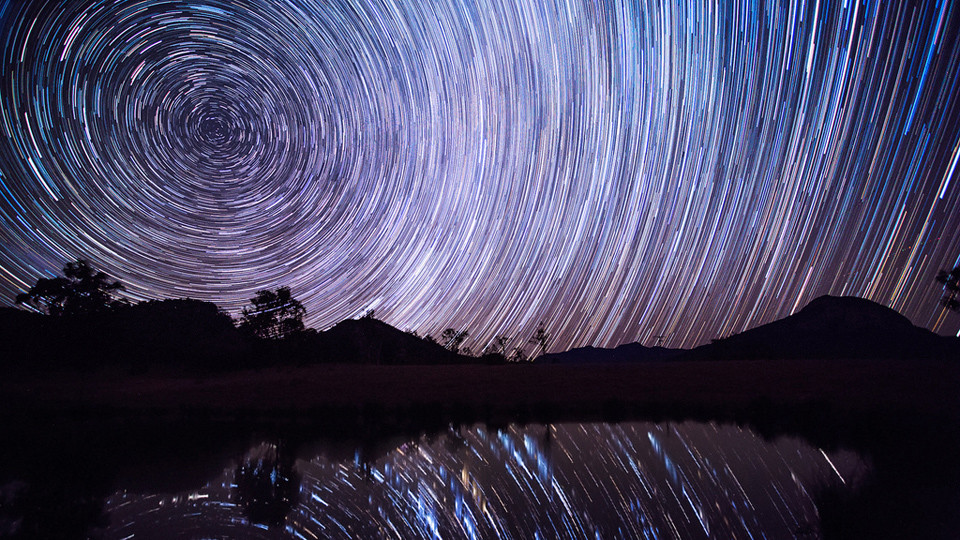I wish my computer as capable of sending an illustration of the arrangement of the human eye, versus the hypothetical "camera lens" idea, as organic eyes and camera optics are in NO WAY SIMILAR! Most of you have been in gross error by doing such, in your discussions.
The eye uses a combination of organic optical cells called "rods," and "cones," in order to manifest an image. In addition, there is a "dead spot" on the image perceived by an eye, owing to the insertion-point of the optical nerve. Any discussion of organic vision has to take these facts into account.
Organic eyes MUST go through a variable period of "dark-adaptation" in order to be able to perceive an image,as well. The minimum period is between 50-120 minutes; and even then, even an instant's exposure to "brighter" light will erase all of this adaptation, necessitating "restarting the clock" to dark-adapt the eye, again.
There's an anecdotal tale purporting that pirates had worn eye patches so that they achieved and kept dark-adaptation in one eye. There are many advantages to keeping one eye dark-adapted--- one is going from a brightly-lit deck, down into the very dim below-decks areas of a victim's ship. This is a case where being able to pull off the patch and being able to immediately see the enemy crewman coming in with a cutlass would be very valuable!
Another factor is that the distribution of rods and cones is not uniform, across the eye. Cones deal with colour-perception, and are concentrated at the centre of of the visual field. The concentration of cones rapidly declines, going outward.
Densities of rods in the same eye rapidly increases, going out from about five degrees from dead centre to a maximum of approximately 25 degrees from dead centre. Rods are responsible for our peripheral vision, our "sensitivity" to even seemingly-microscopic motion, AND OUR NIGHT VISION.
Because of the lack of rod-cells at the centre of our eyes' visual field, we are unable to see anything dead-ahead of us, under low-light conditions!
In order to be able to bring the maximum number of rod-cells to bear on an "item of interest" in our visual field, we have to use our peripheral vision and "cheat" off to one side of our visual field by about 25 degrees. This is like watching the front door in the centre of a building by looking "straight" at the middle of the left or right facade.
One would also be able to detect motion far easier than exact shape by looking in such a way. By continually "looking to one side," and by altering our location so as to change the background, it is entirely possible for an astute woodsman (a Native American or a Hillbilly, for example!) to be able to not only spot a raccoon in the top of an oak tree, but also to make out the form of the opossum looking up at him, from a lower limb!
Many animals far better able to operate at night have eyes that are not only better-equipped with rod-cells, but are in fact, much larger than ours! We would see as well as any owl, had only we been born with eyes the diameters of "jumbo" grapefruit!
Plus, watching and closely emulating the owl, with the head-bobbing, the weaving from side to side, and the peering-ahead, we would naturally improve the peripheral-sensitivity and the "looking to one side" conjuring of sharper images of those objects of interest to us!
I am sorry to be critical, as many comments showed great understanding of non-organic optics, as well as great imagination, but it is simply not possible to be able to blythly interchange the principles of non-organic optics and organic optics.




